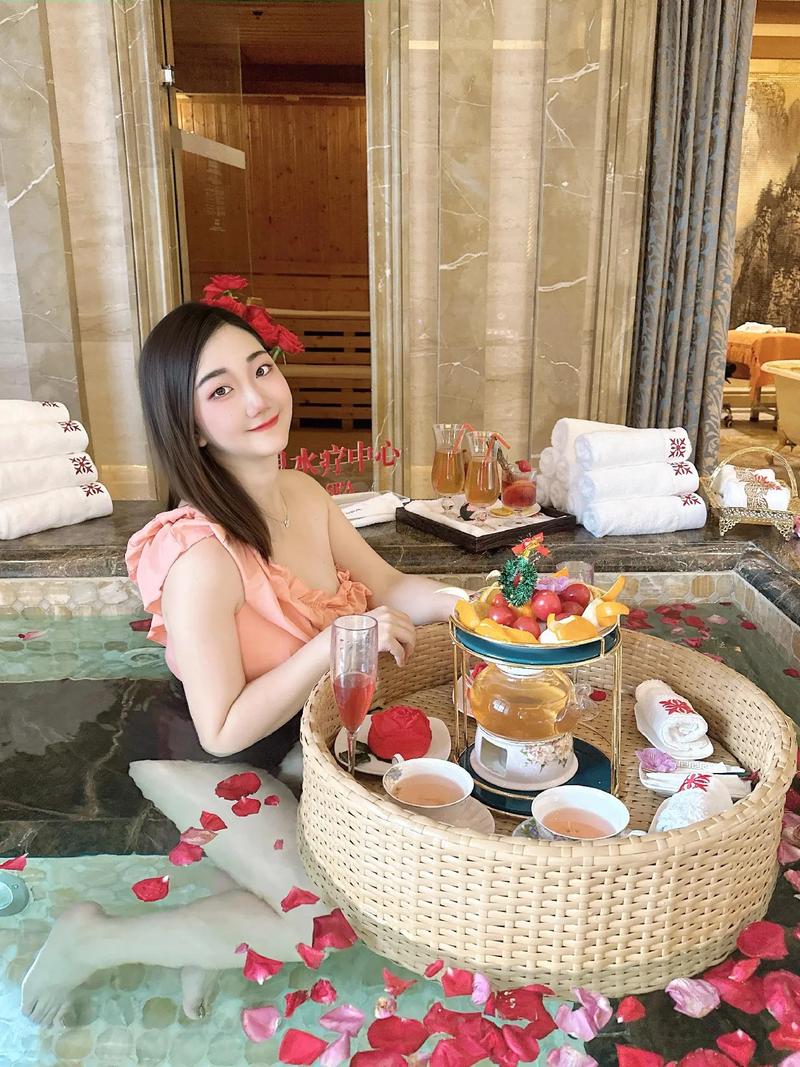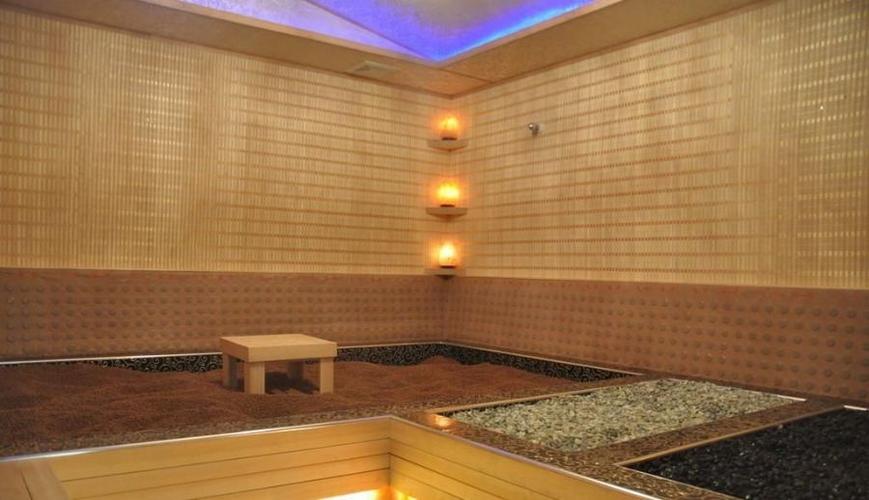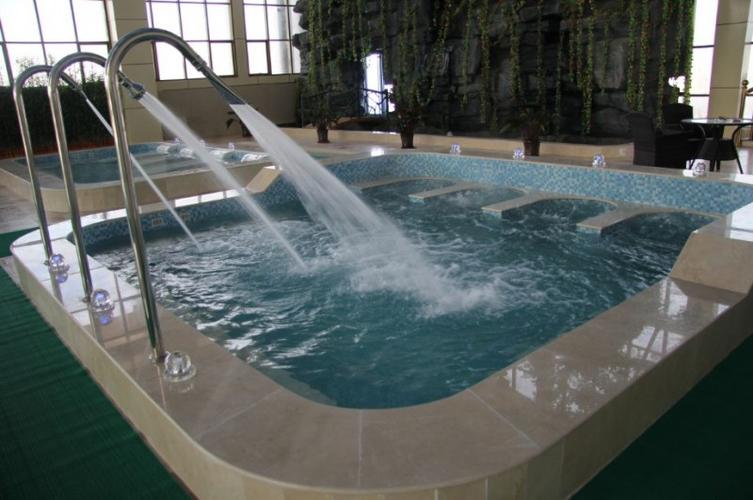- 本文目录导读:
- Introduction
- Understanding Traditional Chinese Massage
- The Benefits of Traditional Chinese Massage
- Techniques Used in Traditional Chinese Massage
- Conditions Treated with Traditional Chinese Massage
- Principles of Traditional Chinese Medicine (TCM) in Massage
- Integration with Other Holistic Practices
- Conclusion
Introduction
In the realm of holistic health practices, Traditional Chinese Massage stands out as a time-honored technique that integrates physical, mental, and spiritual wellness. Originating from ancient Chinese medicine principles, this therapeutic approach emphasizes restoring the balance of Qi (life energy) through specific massage techniques applied to meridian points and energy channels of the body.
Understanding Traditional Chinese Massage
Traditional Chinese Massage, often referred to as Tui Na (推拿), encompasses a variety of techniques including kneading, rolling, and acupressure. Practitioners of Tui Na believe that health and vitality depend on the unobstructed flow of Qi throughout the body. By applying pressure to specific points and meridians, blockages can be released, allowing Qi to flow freely and restore harmony within the body.
The Benefits of Traditional Chinese Massage
The benefits of Traditional Chinese Massage are manifold, addressing both physical ailments and emotional well-being. Physically, Tui Na can alleviate muscle tension, improve circulation, and enhance the body's natural ability to heal. It is often used to treat conditions such as chronic pain, headaches, digestive disorders, and insomnia. Emotionally, the calming and grounding effects of Tui Na promote relaxation and reduce stress levels, contributing to overall mental clarity and emotional stability.
Techniques Used in Traditional Chinese Massage
Practitioners of Traditional Chinese Massage employ a variety of techniques tailored to individual needs. These may include:
- **Acupressure:** Applying pressure to specific points along the body's meridians to stimulate energy flow.
- **Kneading and Rolling:** Manipulating muscles and soft tissues to relieve tension and improve circulation.
- **Stretching:** Gentle stretching movements to enhance flexibility and joint mobility.

- **Cupping:** Using suction cups on the skin to increase blood flow and alleviate muscle stiffness.
- **Gua Sha:** Scraping the skin with a massage tool to improve circulation and reduce inflammation.
Each technique is applied with precise skill and knowledge of meridian pathways to target underlying imbalances and promote healing.
Conditions Treated with Traditional Chinese Massage
Traditional Chinese Massage is effective in treating a wide range of conditions, including:
- **Musculoskeletal Issues:** Back pain, neck stiffness, joint problems.

- **Digestive Disorders:** Indigestion, bloating, constipation.
- **Respiratory Conditions:** Asthma, sinusitis, bronchitis.
- **Neurological Disorders:** Headaches, migraines, sciatica.
- **Emotional Imbalances:** Anxiety, depression, insomnia.
By addressing both the symptoms and underlying causes of these conditions, Tui Na offers a comprehensive approach to health and wellness.

Principles of Traditional Chinese Medicine (TCM) in Massage
Central to Traditional Chinese Massage is the belief in the interconnectedness of the body, mind, and spirit. According to TCM principles, health is achieved when Yin and Yang energies are in balance and Qi flows harmoniously through the body's meridians. Through the application of massage techniques, Tui Na seeks to restore this balance by removing blockages, tonifying deficiencies, and dispersing excesses of Qi.
Integration with Other Holistic Practices
Traditional Chinese Massage is often complemented by other holistic practices such as acupuncture, herbal medicine, and Qi Gong exercises. This integrative approach allows individuals to customize their wellness regimen and achieve optimal health outcomes. By addressing the body holistically, Tui Na supports not only physical healing but also emotional and spiritual well-being.
Conclusion
In conclusion, Traditional Chinese Massage represents a profound pathway to holistic wellness, offering tangible benefits for both the body and mind. By harmonizing Qi flow through targeted techniques, Tui Na promotes healing, relieves pain, and enhances overall vitality. Embracing the principles of Traditional Chinese Medicine, this ancient practice continues to be a cornerstone of natural health care worldwide.
转载请注明:成都会所桑拿-四川成都休闲桑拿推荐论坛! » 武汉夜网 » The Art of Traditional Chinese Massage: A Path to Holistic Wellness
版权声明
本文仅代表作者观点,不代表成都休闲网立场。
本文系作者授权发表,未经许可,不得转载。

























